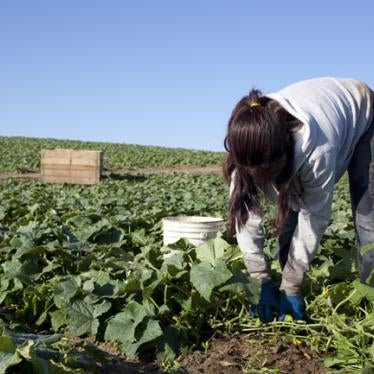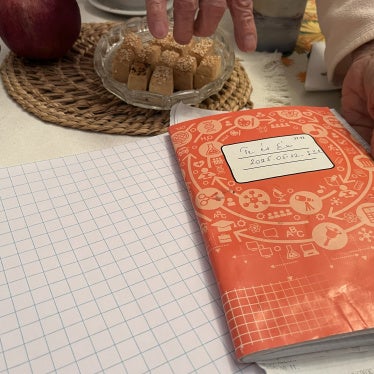Last week, New York legislators passed landmark legislation on an issue that has received far less public attention and debate than waterboarding and sleep deprivation, but that involves the same core issues of human dignity and protection from cruel treatment: the shackling of incarcerated women during pregnancy and childbirth.
As the legislation awaits his signature, Governor David Paterson should reflect on the accounts of shackling shared by Women on the Rise Telling HerStory (WORTH), an association of formerly incarcerated women. The accounts include the following words from Tina:
"The evening when I was to give birth I was transported to Valhalla hospital in handcuffs, I was in labor. When I arrived at the hospital and was about to give birth to my son the doctor who was to deliver my child requested that shackles be removed. The correctional officer released one of my legs. I remained tethered to the gurney during labor and child birth and when my son was to be held in my arms I only held him in one arm because that was all I was allowed by the officer who witnessed the birth of my son. I was not a flight risk! I felt dehumanized and unworthy to be treated in such a way."
Certain practices are so much at odds with contemporary standards of decency that they simply have no place in a system that respects decency and human rights. Shackling pregnant women is one of them. Current policy and practice around shackling varies from jurisdiction to jurisdiction within New York, with some authorities granting more protection than others. This legislation would ensure consistent protection for women in transportation for delivery, during delivery and in the postnatal recovery period, regardless of where they are held in the state.
Much is at stake in enacting this legislation. Pregnant women who are shackled are at risk of injury during transportation to medical appointments, can suffer added pain during delivery, and may be deprived of appropriate care during examinations and delivery. Officials from the American College of Obstetricians and Gynecologists have opposed shackling on the basis that "physical restraints have interfered with the ability of physicians to safely practice medicine by reducing their ability to assess and evaluate the physical condition of the mother and the fetus ... thus, overall putting the lives of women and unborn children at risk."
The risks are heightened by the fact that the pregnancies of women in custody are usually already high-risk because of their past medical histories, which can include substance abuse and limited access to prenatal care. In addition, the humiliation brought on by the shackling is inflicted on women who often have already suffered sexual or physical violence.
The practice of shackling pregnant women is not supported by any persuasive security threat: most women in prison have been convicted of non-violent offenses. States that have restricted the use of shackles have not reported security problems.
Support for restricting the use of shackles on pregnant women has had growing support from medical authorities, legislators, and penal systems. Illinois, California, Vermont, and New Mexico have passed laws to restrict shackling, and other states are moving to do the same. The Federal Bureau of Prisons revised its policies in October 2008 to ban the shackling of pregnant prisoners in almost all instances, and the Federal Marshalls have also revised their standards.
In taking these steps, these states and institutions join an international consensus that shackling is an intolerable practice, irreconcilable with human rights principles, along with prohibitions against torture and inhuman or degrading treatment.
Now Governor Paterson has an opportunity, not only to retire this shameful practice to the state's history, but to assume a leadership role in this growing movement to defend the health and dignity of women across the country. He should take it.







